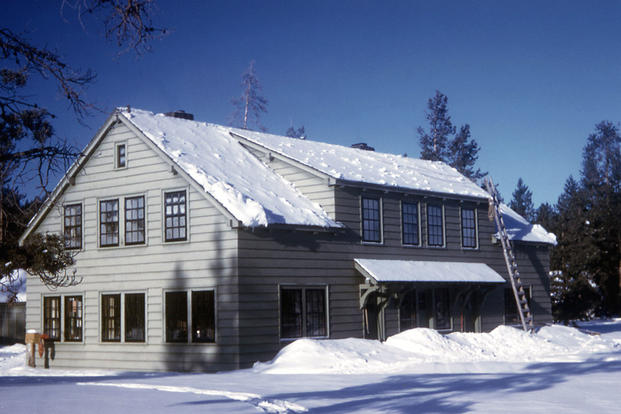The window for winter homebuying is closing quickly for shoppers looking to snag a great deal.
When it comes to the housing market, most of the searching and selling happens in the summer months. Winter often means fewer buyers actively searching, lower home prices and scores of real estate agents and lenders in search of clients.
That mix can add up to big savings for potential homeowners wanting to take advantage of their VA Loan benefits.
Low Demand, Motivated Sellers
Home inventory tends to dip every winter, usually about 15 percent compared to the summer months, according to the National Association of Realtors.
Home prices typically follow a similar seasonal descent. After Labor Day, prices drop an average of $7,000 and eventually hit rock bottom in December, according to NAR.
The duel drops in inventory and prices are a one-two gut punch for sellers. With the help of a savvy real estate agent, winter homebuyers can use the low demand to their advantage. Sellers may be willing to make concessions they’d otherwise balk at in the spring and summer.
An array of circumstances can lead to a winter listing, from job relocation to divorce and countless other reasons. Most sellers with families tend to wait until the spring and summer months to sell to avoid shuffling children to new schools.
No matter the background, buyers stand to benefit from winter home listings.
Competition for Clients
Low activity on the market also means a smaller client base for lenders and real estate agents. This can translate into greater competition for business, which can mean better rates, terms and service for homebuyers.
During slow times, some lenders might be willing to trim fees or get you to closing faster than normal. Real estate agents may be even more motivated to wow clients knowing the pool of prospective homebuyers is relatively shallow.
Comparison shopping is always a sound practice, but it can pay even greater dividends in the winter time.
Cost of Waiting
Winter in general is a smart time to buy. But this winter in particular it might make even more sense given where interest rates might be heading.
Lawrence Yun, chief economist for the National Association of Realtors, expects interest rates to climb more than a full point in 2014, reaching 5.4 percent by year’s end. For prospective homebuyers who wait, that extra point can make a big difference in your monthly mortgage payment
Here’s a quick example. Let’s say you’ve got a 30-year, fixed-rate $200,000 mortgage at 4.5 percent interest. The monthly principal and interest payment would be about $1,000. Raise the rate to 5.4 percent and the payment goes up to $1,123 per month. That’s an extra $1,476 a year — or $44,000 over the life of the loan.
New Perspective on Properties
Shopping for a home during the winter can also give you a unique look at properties. You won’t see homes in all their spring and summer splendor. But you will get a chance to make sure the heating system works or see how the neighborhood handles snow and ice.
In some respects, winter will actually give you a truer look at a property. You’ll strip away the landscaping, the flower boxes and all the other warm-weather trappings and get a cold, hard look at the home in a potentially different light.
To be sure, winter homebuying isn’t the answer for every prospective buyer. But it can definitely create some unique purchasing circumstances for buyers and sellers alike. With spring just around the corner, the peak time to capitalize may be drawing to a close.
Find a VA Loan
If you're ready to move forward, or just want more information, the first step is to get no-obligation rate quotes.
Chris Birk is executive editor of Veterans United Home Loans and author of The Book on VA Loans: An Essential Guide to Maximizing Your Home Loan Benefits.










